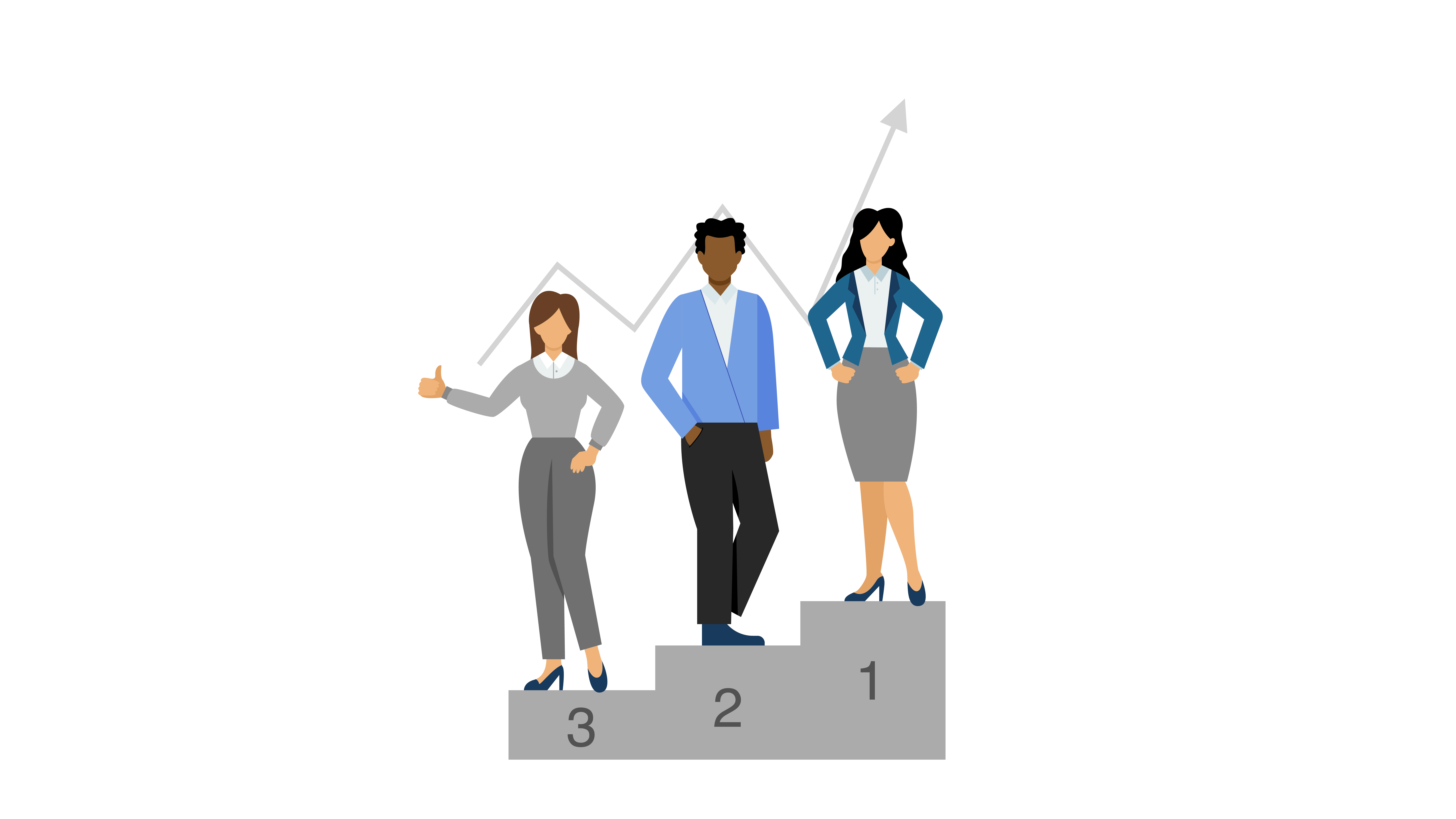All Categories
Featured
Modern businesses need central locations to store Customer Data Platforms (CDPs). It is a crucial tool. The software tools provide an improved and complete overview of customers' preferences and can be used to focus marketing efforts and enhance customer experiences. CDPs offer many features that can be used to improve data governance, data quality , and data formatting. This helps customers comply with regards to how data is stored, used, and access. With the capability of pulling data from different APIs and other APIs, CDPs can also pull data from other APIs. CDP additionally allows companies to make the customer the forefront of their marketing initiatives and improve their operations and get their customers involved. This article will examine the different aspects of CDPs and how they benefit organizations.
cdp's
Understanding the concept of CDPs. A customer data platform (CDP), is software that allows companies to collect, store and manage customer data from a central location. This gives you a greater and more complete picture of your client and allows you to target marketing and customize customer experience.
-
Data Governance Data Governance: One of the primary aspects of the CDP is its capacity to classify, protect and regulate information being added to. This includes profiling, division and cleansing of the incoming data. This ensures that the organization adheres to data laws and policies.
-
Data Quality: Another important aspect of CDPs is to ensure that the information obtained is of the highest quality. That means data needs to be entered correctly and meet the desired quality standards. This reduces the need for storage, transformation and cleaning.
-
Data Formatting The use of a CDP can also be utilized to ensure that data adheres to an established format. This helps ensure that data types such as dates are consistent across the collected customer data and that the data is entered in an orderly and consistent manner. marketing cdp
-
Data Segmentation Data Segmentation: The CDP allows you to segment customer data in order better understand customers from different groups. This allows you to test different groups against one another to determine the right sample distribution.
-
Compliance: A CDP can help organizations manage customer information in a regulated way. It lets you define safe policies and classify information based on the policies. You may also be able to detect any violations of the policy when making decisions about marketing.
-
Platform Selection: There are many kinds of CDPs to choose from, so it is important to understand your use case for deciding on the right platform. This involves considering features such as data privacy , as well as the ability to pull data from various APIs. cdp product
-
Making the Customer the Heart of Everything: A CDP lets you integrate of real-time, real-time customer information, ensuring instantaneity, precision and unison that every marketing team requires to enhance their processes and engage their customers.
-
Chat billing, Chat with the help of a CDP, it is easy to gain the background you require for a good discussion, regardless of previous chats or billing.
-
CMOs and CMOs and Data CMOs and Big Data: According to the CMO Council 61 percent of CMOs think they're not leveraging the power of big data. The 360-degree view of the customer provided by a CDP can be a wonderful approach to address this issue and improve marketing and customer interaction.
With a lot of various kinds of marketing innovation out there every one normally with its own three-letter acronym you may question where CDPs come from. Although CDPs are among today's most popular marketing tools, they're not a completely originality. Instead, they're the latest action in the development of how marketers manage consumer information and consumer relationships (What is a Cdp).

For most marketers, the single biggest value of a CDP is its ability to sector audiences. With the capabilities of a CDP, online marketers can see how a single consumer engages with their business's different brand names, and recognize opportunities for increased customization and cross-selling. Obviously, there's a lot more to a CDP than division.
Beyond audience division, there are 3 huge factors why your business might desire a CDP: suppression, customization, and insights. Among the most fascinating things online marketers can do with information is identify clients to not target. This is called suppression, and it becomes part of delivering really personalized customer journeys (Customer Data Support Platform). When a consumer's combined profile in your CDP includes their marketing and purchase information, you can reduce advertisements to clients who've currently bought.

With a view of every consumer's marketing interactions connected to ecommerce information, website check outs, and more, everybody across marketing, sales, service, and all your other groups has the chance to understand more about each customer and provide more personalized, relevant engagement. CDPs can assist marketers attend to the origin of a number of their greatest day-to-day marketing issues (Cdp Analytics).
When your information is disconnected, it's more tough to understand your customers and produce meaningful connections with them. As the variety of information sources used by online marketers continues to increase, it's more vital than ever to have a CDP as a single source of reality to bring everything together.
An engagement CDP uses consumer information to power real-time customization and engagement for consumers on digital platforms, such as sites and mobile apps. Insights CDPs and engagement CDPs comprise most of the CDP market today. Very few CDPs consist of both of these functions equally. To pick a CDP, your company's stakeholders ought to consider whether an insights CDP or an engagement CDP would be best for your requirements, and research the few CDP choices that consist of both. Customer Data Platfrom.
Redpoint GlobalLatest Posts
The Importance of Data Quality in a CDP
The Role of CDPs in Reducing Additional Expenses for Cleaning and Storage
The Role of CDPs in Combining Data from Multiple Sources